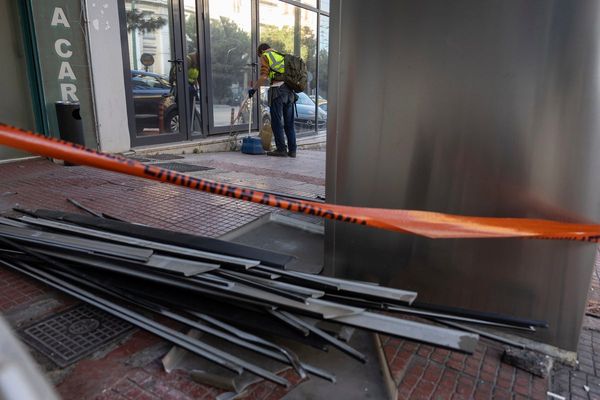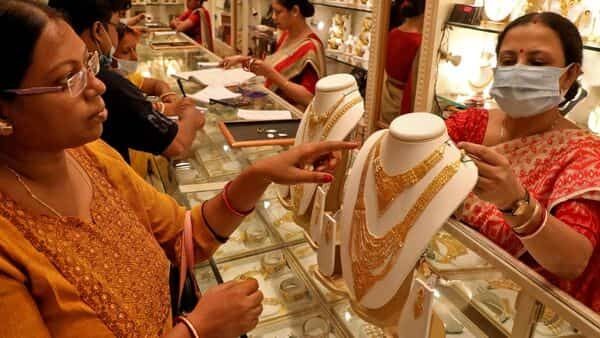
What will the new bullion exchange do?
All bullion imports into India for domestic use will be channelized through IIBX. Qualified jewellers with net worth of ₹25 crore and earning 95% of their revenue from jewellery, and NRIs with a net worth of $500,000 can trade at IIBX, provided they want to take physical delivery of the gold. The expectation is that all small gold dealers and jewellers will join this transparent platform, which will provide efficient price discovery and quality assurance, and enable greater integration with other segments of financial markets. The larger goal, lofty as it may seem, is to establish India as a dominant gold player in the world.
What was the need for setting up IIBX?
Currently, Indian jewellers and dealers need to use the services of Reserve Bank of India authorized banks and nominated agencies to import gold. But not all jewellers can access these channels, impacting the quality of gold. India’s gems and jewellery industry is about ₹7 trillion, and 90-95% of it is made up of micro, small and medium enterprises. According to Securities and Exchange Board of India white paper, despite being second only to China in gold consumption, India has no significant role in influencing its pricing, relying instead on the London Bullion Market Association (LBMA).

What was the genesis of the idea of the gold exchange?
In January 2017, Prime Minister Narendra signalled the need to make India a price-setter for securities and commodities in which India is a major player. In May 2018, a Niti Aayog report mooted the concept of a bullion exchange at GIFT IFSC. The exchange was announced in Union budget 2020-21, rules notified in December 2020, and a pilot launched in August 2021.
You might also like
Why rupee, higher fees don't deter students headed abroad
A good news for Airtel investors
Why Mirae’s Neelesh Surana has unshakeable faith in equity
How will the bullion exchange work?
Indian and global vault service providers have set up, or are setting up, facilities at the GIFT-IFSC. Imported gold will be housed in these vaults, against which electronic gold receipts will be created. These receipts will be listed and traded on the exchange; market participants can take delivery of physical gold against these receipts. The trades are exempt from local duties, unless goods are moved outside GIFT City. Since launch, trading was seen only on 2 August for 20 kg of gold, with $1.1 million turnover.
Elsewhere in Mint
In Opinion, Nouriel Roubini tells what happens when the Great Moderation is over. Biju Dominic says a sense of ignorance can fill the biggest lacuna in business and policy decisions. In Mint Money, Abhishek Malhotra explains your rights when you invest in cryptocurrencies. Long Story details how Covid trends in real estate are on the reverse now.










